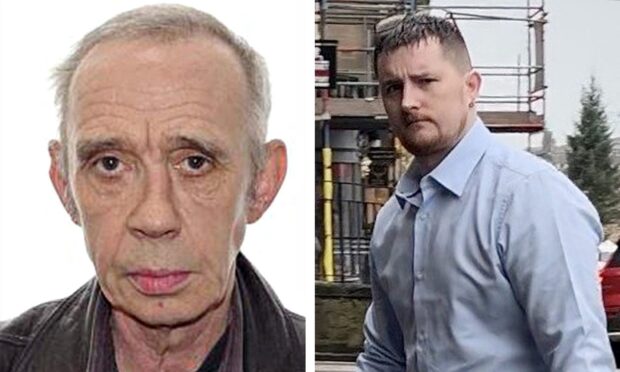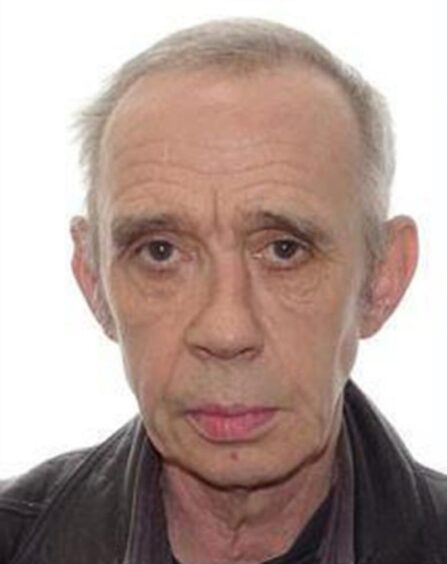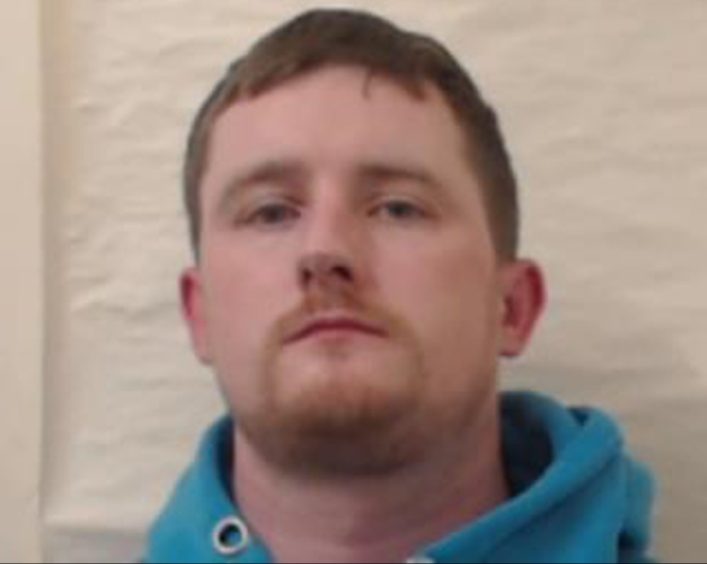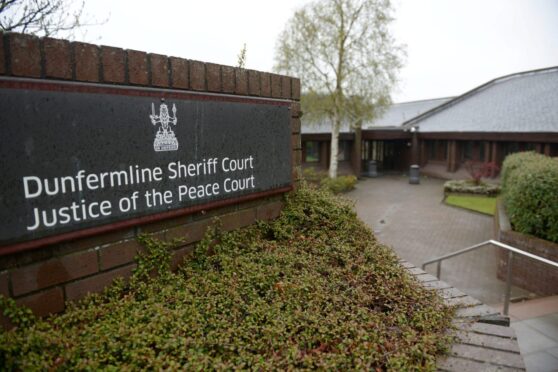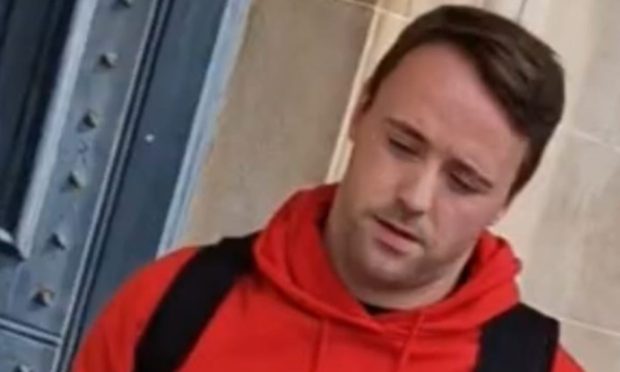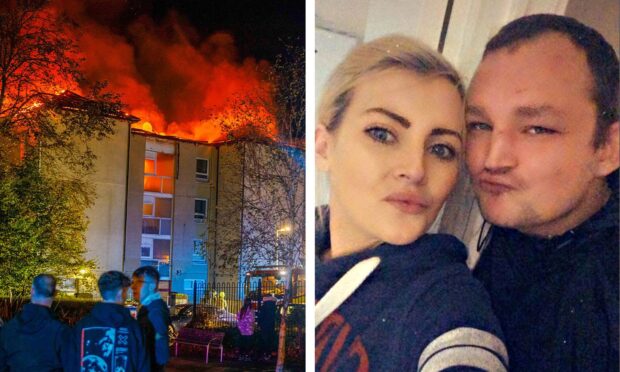A man who murdered an army veteran for money before dumping his body in a disused building has failed in a bid to have his 23 year prison term cut.
David Barnes, 34, killed 60-year-old Ean Coutts in 2019 before taking his body to the industrial unit near Glenrothes, Fife.
He later pretended to be Mr Coutts as he stole £5,000 from his bank account.
Barnes was given a life sentence with a minimum term of 23 years at the High Court in Edinburgh after being found guilty of murder.
Mr Coutts’ skeletal remains were only discovered 12 months after his death by an urban explorer who was taking photos at the Whitehill Industrial Unit.
A jury heard how Mr Coutts had attempted to help Barnes get a job and was paying him to carry out renovations at his home in Kinglassie prior to his murder on September 3 2019.
Barnes was told by judge Lord Mulholland that he’d have to serve a minimum of 23 years in jail before he’d be eligible for parole.
Lawyers for Barnes believed this term – called the punishment part of the life sentence – was excessive.
Called for lesser punishment
Appeal judges Lord Beckett, Lord Matthews and Lord Doherty heard that because of the condition of Mr Coutts’s body, police were unable to establish the exact means by how he was murdered.
The judges heard that their colleague Lord Mulholland should have taken this into account and passed a lesser punishment part.
The Court of Criminal Appeal also heard that Barnes had a “limited” criminal record and that Lord Mulholland’s punishment part should have reflected that.
However, in a written judgement published by the court on Friday, the judges concluded that Lord Mulholland acted correctly.
Lord Beckett, who gave the judgement, wrote: “We consider that the trial judge was correct in finding that the financial motivation he imputed to the appellant was a significantly aggravating circumstance.
“In common with the trial judge, we cannot conclude anything about the means by which the appellant killed Mr Coutts or the level of violence he used.
“What is significant in this case is that the trial judge found that the appellant committed a calculated, premeditated murder for economic gain by inveigling his way into his victim’s trust, which he then abused.
“The appellant had previous convictions for crimes of dishonesty and a significant assault prosecuted on indictment, which ultimately led to a prison sentence of
nine months.
“We have information from victim impact statements, something not referred to in any of the cases on which the appellant founds”.
Covered his tracks
The trial heard how Barnes removed Mr Coutts’ body from the property in a wheelie bin.
He then drove to the industrial unit where he abandoned Mr Coutts’s remains in a cupboard.
On the first day of proceedings urban explorer James Fenton, 37, said he was looking around the industrial unit, when he saw what he thought were animal bones or a prop.
He called the police when he saw a skull among the debris.
During the trial, the court heard how Barnes assumed Mr Coutts’s identity and withdrew the victim’s money from his bank, which he then used to buy “goods and services”.
He also lied to neighbours and friends that the dead man was still alive – and even posed as Mr Coutts when contacting his family on the day of his daughter’s wedding.
‘An act of deception and arrogance’
Barnes was originally standing trial on a total of 36 charges, including allegations of theft and fraud.
However, prosecutors later withdrew those charges and he was convicted of murder and attempting to defeat the ends of justice.
Sentencing him, Lord Mulholland told Barnes that Mr Coutts was someone who “did him no harm”.
He said: “You thought you would get away with these appalling crimes.
“You lied about Ean Coutts whereabouts, pretending he was on an extended holiday in Morocco or with his sister in England.
“You even contacted his family on his daughter’s wedding day pretending to be him and looking for money.
“It was an act of deception and arrogance.
“The finding of the body by the urban explorer resulted in the unravelling of your lies exposing your crimes and, you, as a murderer.”
On Friday, Lord Beckett added: “We are not persuaded that the sentences imposed were excessive or inappropriate.
“The appeal is therefore refused.”
For more local court content visit our page or join us on Facebook.
